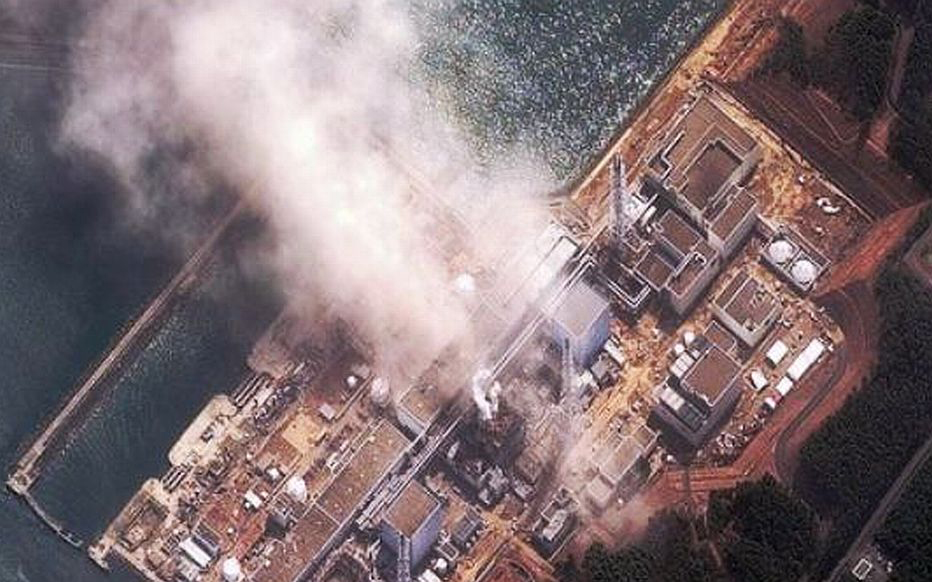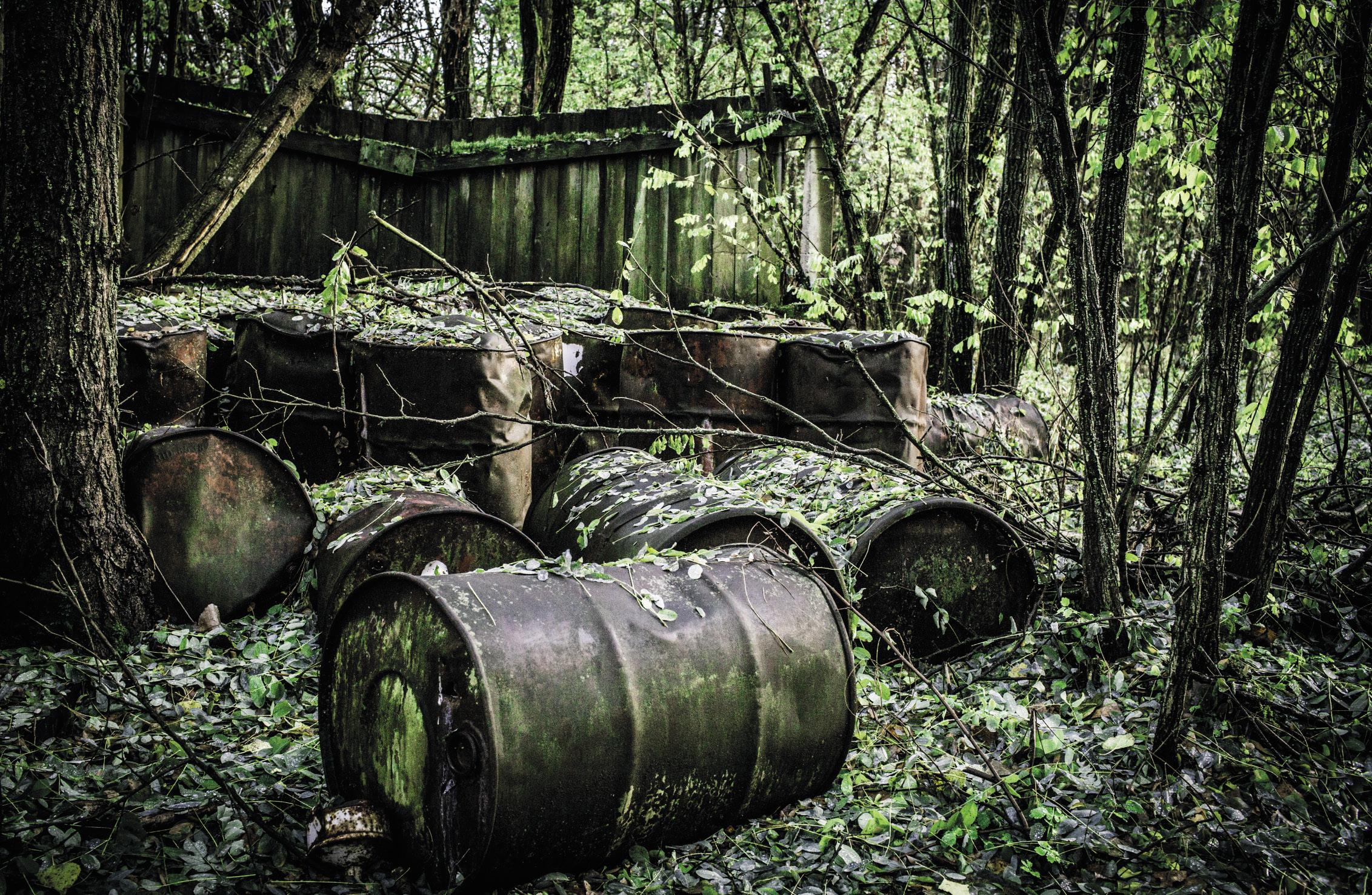The permanent problem of nuclear waste
2021/03/22 Galarraga Aiestaran, Ana - Elhuyar Zientzia Iturria: Elhuyar aldizkaria

What to do with nuclear waste? The question is not new, but the 10th anniversary of the Fukushima disaster has returned to the present day. What to do with damaged reactors? And with soil and water contaminated with radioactive isotopes? And in Txernobyl, how are radioactive waste? And in the downed radioactive plants? And in those who are still in progress? And in research centers, hospitals or military installations that use radioactivity or nuclear energy?
76 years after the launch of the first nuclear bombs; 68 years after the launching of a submarine, which replaced diesel engines with a nuclear reactor, and 60 years after the fall of a spacer. Among them, the first nuclear power plants were launched for electricity generation and radioactivity is also used in medicine, agriculture and research.
However, although the use of nuclear energy is old and varied, the most favorable to this type of energy have not achieved long-term radioactive waste solutions either. France is the country in the world that generates the most nuclear waste per inhabitant (about 2 kg of radioactive fuel per person per year). It has 59 reactors underway and another under construction. And yet it remains unresponsive to nuclear waste and fuel. Its current warehouses are designed for a few decades, while radioactive waste will remain hazardous for over 100,000 years.
Elsewhere, the situation is similar. In the 1970s and 1980s it was proposed to sink nuclear waste into the seabed or send it into space, but both were discarded for their dangerousness. Instead, in 1990 he opted for deep underground and stable geological structures, something that has been addressed at the moment in more than one country.
For example, in the US and Finland they are already testing an underground nuclear warehouse. The US, located in New Mexico, is called Pilot Waste Insulation Plant (WIPP): It is found in stable salt mines for 200 million years at a depth of 650 meters. Waste collection began in 1999, but for now only those generated in research and armory, not nuclear power plants.
Environmentalists have had security concerns from the beginning and an accident in 2014 aggravated their criticism. In any case, they continue in the US. with the intention of building a stable underground tank for the fuel of the demolished nuclear power plants.
The Finn, called Onkalo, is a facility made at 420 meters deep by drilling granite rock. Located on the west coast of Finland, near the central Olkiluoto, the deposits have started this month and the tunnel section that enters it (the central tunnel has been built). The first tests have been announced by 2023, and all at a good pace, in the year 2025 radioactive waste would begin to be stored.
But, despite getting the most stable and safe deposit in the world, the questions and doubts are not over. How to ensure that the next generations know that in the underground there is a dangerous material and that it can remain dangerous, from other generations? The question is in the air, but the problem is in hand.

Gai honi buruzko eduki gehiago
Elhuyarrek garatutako teknologia





